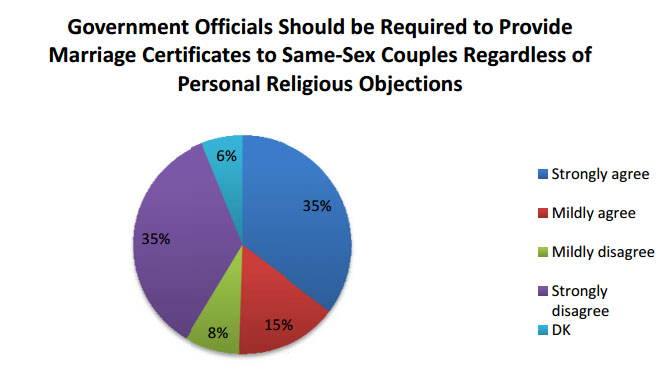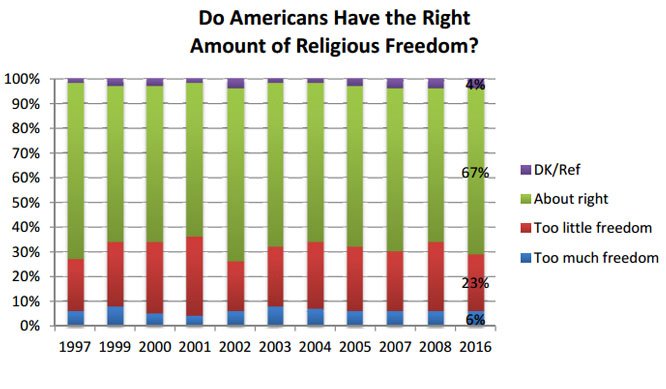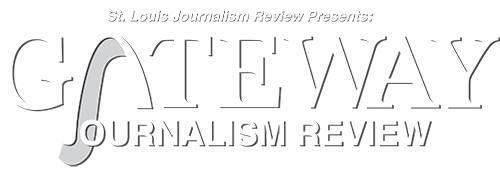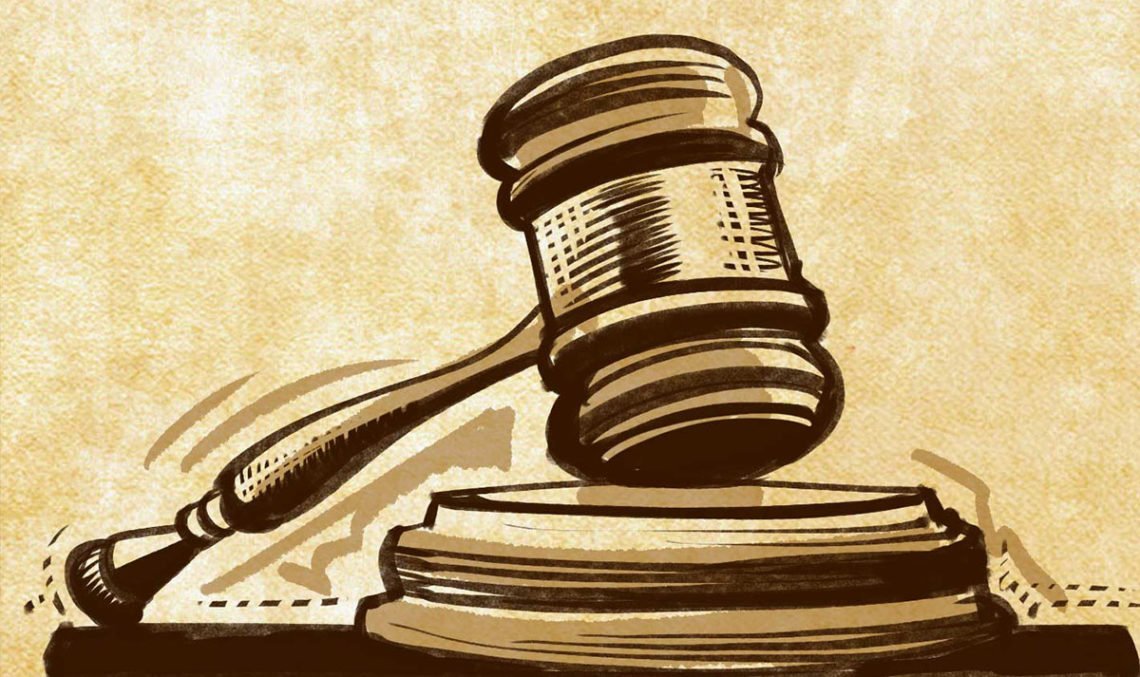The First Amendment protects religious freedom in two ways. One is the keep the government from telling people what creed they must worship. The other is to keep the government from telling people what creed they can’t worship.
The first is the Establishment Clause which means government can’t endorse one religion over another or religion over non-religion.
The second, the Free Exercise Clause, says government can’t interfere with people in their practice of religion, even if a church has some unusual practices, such as ritual animal sacrifices.
The common purpose in both of the First Amendment’s religion demands is to keep the government out of matters of faith.
The question, though, is when does the Establishment Clause’s command for the government to stay out of religion become a hostility to religion? On the other hand, when do religious practices in the public arena amount to an endorsement of religion that leaves some people feeling left out of their government or community?
Sometimes it’s a fine line.
Too much religion, too little religion
A public school-sponsored prayer to start the day or at graduation or to motivate the football team is too much government involvement. But a student can say a prayer to pass the algebra test, the valedictorian can include a prayer in her graduation talk and the quarterback can ask the huddle to pray for a Hail Mary pass.
A public courthouse can’t put only a crèche – a nativity scene – on the main staircase. That makes non-Christians feel as if they are strangers in their own town. But at the park outside the courthouse a Menorah, Christmas tree and Liberty sign are ecumenical enough to pass muster.
A state can’t ban teaching evolution in the public school because of religious objections, nor can it require the teaching of creationism. But a comparative religion course could include Christianity and the Bible along with, say, Islam and the Koran.
States can’t give tax dollars to churches – that is the core of avoiding an established state church. But states can give tax dollars to parents who then can decide whether to use the money to pay for parochial or public education.
A state cannot require the moment of silence in the public schools to start the day if its purpose is to get mandatory prayer back in the schools. But a state can ask public schools to set aside a moment for silent reflection that may include individual prayer.
Neither a public school nor a judge can post the Ten Commandments or a religious symbol such as a cross on the wall. Nor can a judge put a monument to the Ten Commandments in the courthouse lobby. But a large, historical monument to the Ten Commandment on the Texas capitol grounds is okay as is the Mojave cross commemorating veterans.

Ceremonial deisms
Some explicit references to God in government settings do not violate the Establishment Clause because they are considered “ceremonial deisms” – ornaments to a public ceremony.
Examples are “In God We Trust” as the national motto, references to God in the Pledge of Allegiance and “The Star-Spangled Banner,” the president’s Thanksgiving Proclamation and the marshal’s exhortation at the start of the Supreme Court day, “God save the United States and this honorable Court.”
In addition, practices that have been common since the time the Bill of Rights are constitutional. One example is using public funds to pay chaplains to start the legislative day. Recently, the court also found towns could invite ministers from the community to start town meetings with a prayer.
A wall between church and state?
A common metaphor for the Establishment Clause is the “wall between church and state.” But supporters of more religion in public spaces say this is misleading.
Thomas Jefferson coined the term in a letter to the Danbury Baptist Association in 1802. The president wrote, “I contemplate with sovereign reverence that act of the whole American people which declared their legislature should ‘make no law respecting an establishment of religion…’ thus building a wall of separation between church and state.”
Warren court decisions used the metaphor, but Chief Justice William H. Rehnquist thought it misleading.
Jefferson was in France when the First Amendment was drafted and the letter was written a decade after the fact.
James Madison, the author of the Bill of Rights, is the authoritative interpreter, Rehnquist said, and he “only aimed at prohibiting the establishment of a national religion, and perhaps to prevent the discrimination among sects.”
The same Congress that passed the First Amendment called for a “day of public thanksgiving and prayer” and provided for paid chaplains for Congress. That indicates the Bill of Rights was not intended to do away with religion in public life, according to Rehnquist and others.
Supporters of the metaphor noted that Jefferson refused to issue the Thanksgiving proclamation because he considered it religious compulsion. They note the original Constitution makes makes no reference to God.
Justice John Paul Stevens, who supported the Jefferson metaphor, said the nation’s understanding of the Establishment Clause had grown over the centuries. The authors were merely trying to prohibit “the preference of one Christian sect over another.” The Founding Fathers “would not require equal respect for the conscience of the infidel, the atheist, or the adherent of a non-Christian faith such as Mohammedism or Judaism.”
But he added that the modern court had “unambiguously concluded that the individual freedom of conscience protected by the First Amendment embraces the right to elect any religious faith or none at all.”

Free exercise
The Supreme Court of the United States rejected the Mormon claim that free exercise of religion should protect its practice of polygamy. But it agreed that the Amish should not have to abide by compulsory education laws, that a Seventh Day Adventist shouldn’t lose unemployment compensation for turning down work on his sabbath and that a Florida town couldn’t target an unpopular group, the Church of Lukumi Babalu Aye, for its animal sacrifices.
In 1990 Justice Antonin Scalia reduced the First Amendment’s protection for the free exercise of religion in Employment Division of Oregon v. Smith. Two Native Americans argued they should not lose state benefits simply because they used peyote, which is for sacramental rituals. Scalia wrote that generally applicable laws, such as those punishing drug use, couldn’t be toppled by a religious freedom argument.
Liberals especially were outraged and Congress passed the Religious Freedom Restoration Act imposing much greater protection for religion. For the government to impose on a religious belief, it would have to choose the least restrictive means and have a compelling government interest. Few laws pass that high test.
It turned out the Obama administration’s contraceptive mandate did not meet the test. Hobby Lobby, a family corporation, objected to paying under Obamacare for some contraceptives the Christian owners thought were abortifacients – such as the IUD and morning-after pill.
In 2014 Justice Samuel Alito said a closely held corporation could claim the protections of the law, as could an individual. And he said that even if providing contraceptives to female employees was a compelling government interest, the Obama administration had not chosen the least restrictive means to achieve it.
RFRA, passed with liberal fervor, had become a favorite legislative tool of conservatives. State versions have now become a means by which bakers and florists can claim they don’t have to arrange flowers or bake cakes for a same-sex wedding, if their religious beliefs oppose same-sex marriage. The other side of that argument is that religious scruples shouldn’t justify discrimination against same-sex couples any more than should discrimination against interracial couples.
The playground and the Blaine Amendment
A dispute about rubberized playground materials at a religious day-care center in Columbia, Missouri, could hold important answers for religious freedom. The Supreme Court will hear the case later this term.
Trinity Lutheran Church’s day-care center sought recycled rubber products the state of Missouri was making available for day-care centers across the state. The church-run day care center rated high on the list of possible recipients, but the state crossed it off because it is a church. No direct state money was involved because the state’s costs for recycling the tires into safe rubberized playground materials comes from a tax on new tires.
Missouri, as do some 35 other states, has a much higher wall of separation between church and state than the First Amendment. The Missouri Constitution says, “No money shall ever be taken from the public treasury, directly or indirectly, in aid of any church, sect, or denomination or religion.”
This strict provision is one of the so-called Blaine amendments adopted by many states during the late 19th century during a time of anti-Catholic public sentiment.
House Speaker James G. Blaine, who ran for president but lost, had proposed a federal constitutional amendment along these lines, but it narrowly failed in the Senate in the 1875. That same year Missouri adopted its own version.
Historians disagree whether or not the Missouri amendment was inspired by anti-Catholic feeling. A brief by a group of historians says it was not. But several justices on the Supreme Court have said the Blaine Amendments were clearly inspired by dislike for new Catholic immigrants from Ireland and Germany.
One sign of anti-Catholic sentiment was this comment from a local newspaper: “[t]he signs of the times all indicate an intention on the part of the managers of the Republican party to institute a general war against the Catholic Church…. Some new crusading cry thus becomes a necessity of existence, and it seems to be decided that the cry of “No popery” is likely to prove most available.”
Trinity Lutheran argues the state’s denial of the public benefit of the rubberized material violates both its free exercise of religion and its equal protection. Its free exercise of religion has resulted in being denied equal protection because it is the sole reason it did not receive the materials.
The case of the skinned knee, as some commentators have dubbed the Trinity dispute, could have a big impact on the other Blaine amendments and could expand the availability of state funds for secular purposes at religious schools.


No Comments